Eclectic interior design revels in the joyful collision of opposites. Instead of following a single style rulebook, it invites you to layer time-worn curiosities with sleek newcomers, punchy patterns with quiet neutrals, and memories collected abroad with thrift-store treasures found at home. The focus is less on perfection and more on personality: every lamp, paint swatch, or woven basket becomes a chapter of your own story. When the mix is intentional—anchored by repeating colors, shapes, or moods—the look feels cohesive yet intriguingly unpredictable. Ready to explore how this free-spirited approach can reshape every corner of your home? Let’s dive into twenty fresh ideas.
1. Mixing Vintage and Modern in Eclectic Interior Spaces

Mixing vintage and modern pieces in an eclectic interior sparks instant conversation and balance. Start by choosing a streamlined contemporary sofa as your anchor, then introduce a weathered wooden coffee table or a retro brass floor lamp that tells a story. The secret is repetition: echo the aged wood tone in picture frames or cabinet pulls so the look feels intentional. To prevent the space from reading as a thrift-store mash-up, limit your palette to three main hues—perhaps charcoal, camel, and burnished gold—then let textures vary wildly. This deliberate interplay makes eclectic interior design feel curated, not chaotic, and inviting.
2. Layering Patterns for Eclectic Interior Drama
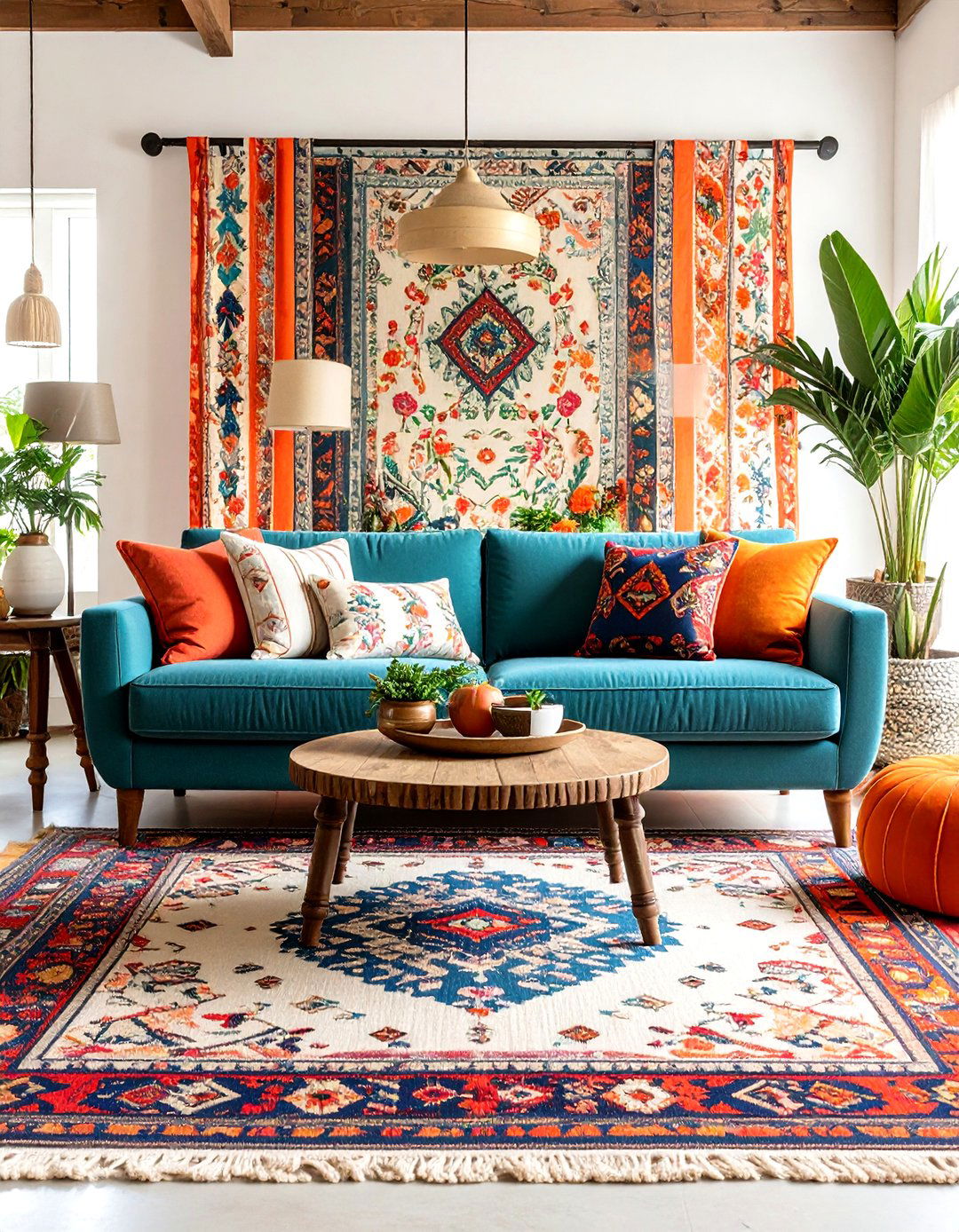
Unlike minimalist schemes that rely on a single print, eclectic interior design thrives on fearless pattern play. Begin with a foundational motif—perhaps a geometric area rug—then layer in florals, stripes, or ikats at varied scales so each pattern can breathe. Keep at least one color consistent throughout to link the prints, and break up the frenzy with generous blocks of solid fabric on drapery or upholstery piping. If you are nervous, start small by stacking patterned throw pillows on a neutral sofa, gradually working toward bolder wallpaper or tiled backsplashes. The carefully layered patterns create depth, personality, and a sense of worldly adventure.
3. Global Textiles Bringing Eclectic Interior Wanderlust

With a passport in fabric form, global textiles instantly infuse eclectic interior design with stories from far-flung markets. Drape a hand-loomed Moroccan throw across the bed, upholster dining chairs in crisp Japanese shibori, or frame a fragment of Indian kantha quilt as wall art. Because these pieces are typically rich in color and texture, ground them with simple furniture silhouettes and a cohesive backdrop hue, such as warm ivory or slate. Rotate accents seasonally so nothing feels static: kilims for summer, mud-cloth for winter. Beyond aesthetics, ethically sourced textiles support artisans and remind you daily of the bigger world outside your door.
4. Bold Color Contrasts Energizing Eclectic Interior Palettes
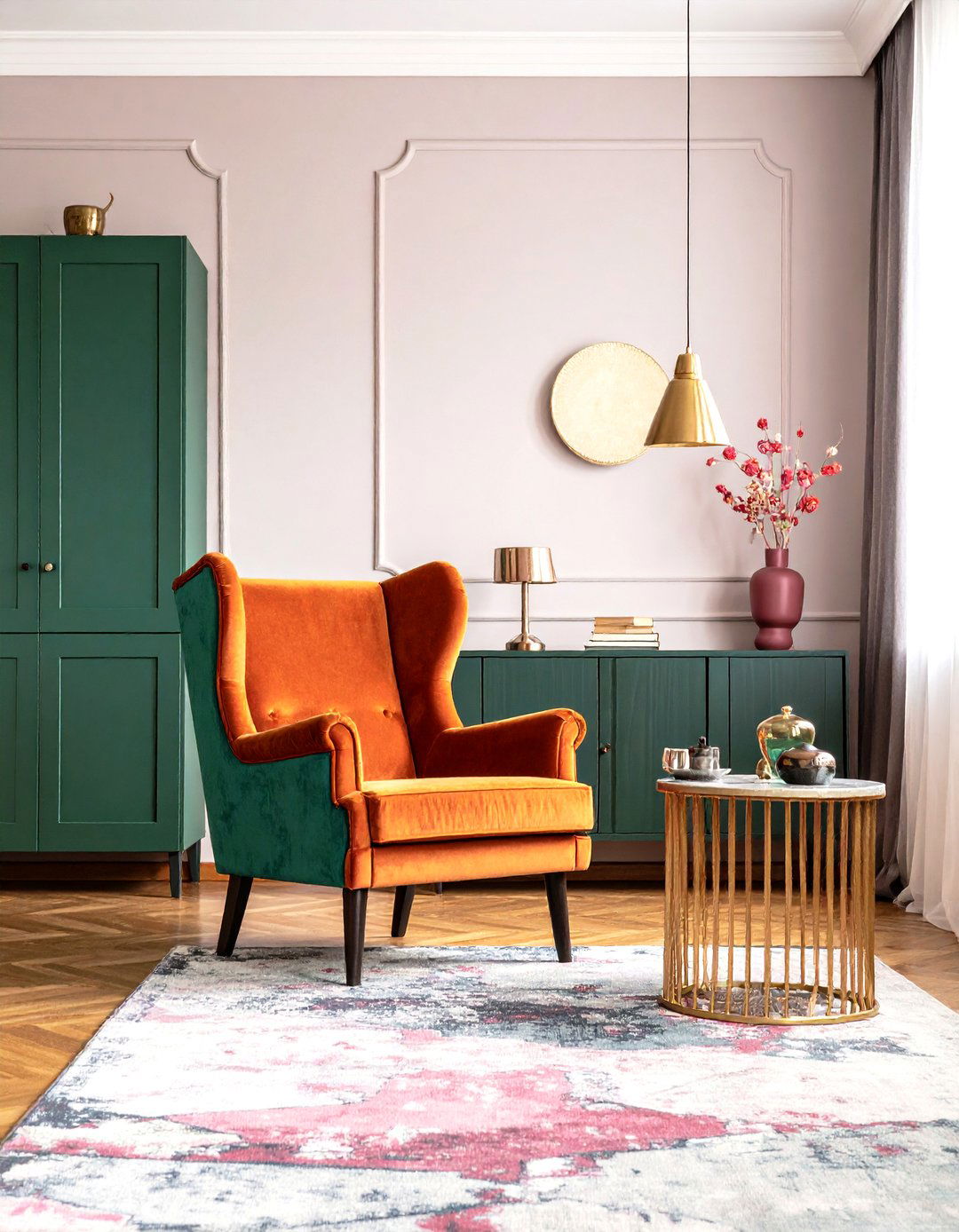
Certainly, nothing announces eclectic interior design more boldly than an unexpected color clash. Picture emerald cabinets paired with blush pink walls, or burnt orange velvet chairs standing beside a deep lilac bookcase; the zingful tension keeps the eye moving. To orchestrate the contrast without chaos, establish a 70-20-10 rule: let one dominant hue cover large surfaces, a second vibrant color accent furniture, and a daring third shade pop in accessories. Metallic touches—brass, copper, or chrome—act like punctuation marks that break up heavy blocks of pigment. When colors vibrate against each other, the room feels electric, individual, and refreshingly un-formulaic today.
5. Curated Gallery Walls Defining Eclectic Interior Stories

Looking beyond single statement art, a thoughtfully curated gallery wall becomes the beating heart of eclectic interior design. Combine black-and-white family photos, abstract canvases, vintage postcards, and maybe a sculptural mask to create a narrative mosaic. Aim for cohesion by repeating one element—similar frame finishes, a recurring color, or consistent mat size—while letting subject matter roam free. Trace your layout on craft paper first, taping templates to the wall until the arrangement flows. Install pieces as low as sofa-back height for an immersive effect. Over time, swap in new finds so your gallery evolves alongside your life, keeping the room perpetually fresh.
6. Statement Lighting Sculpting Eclectic Interior Atmosphere
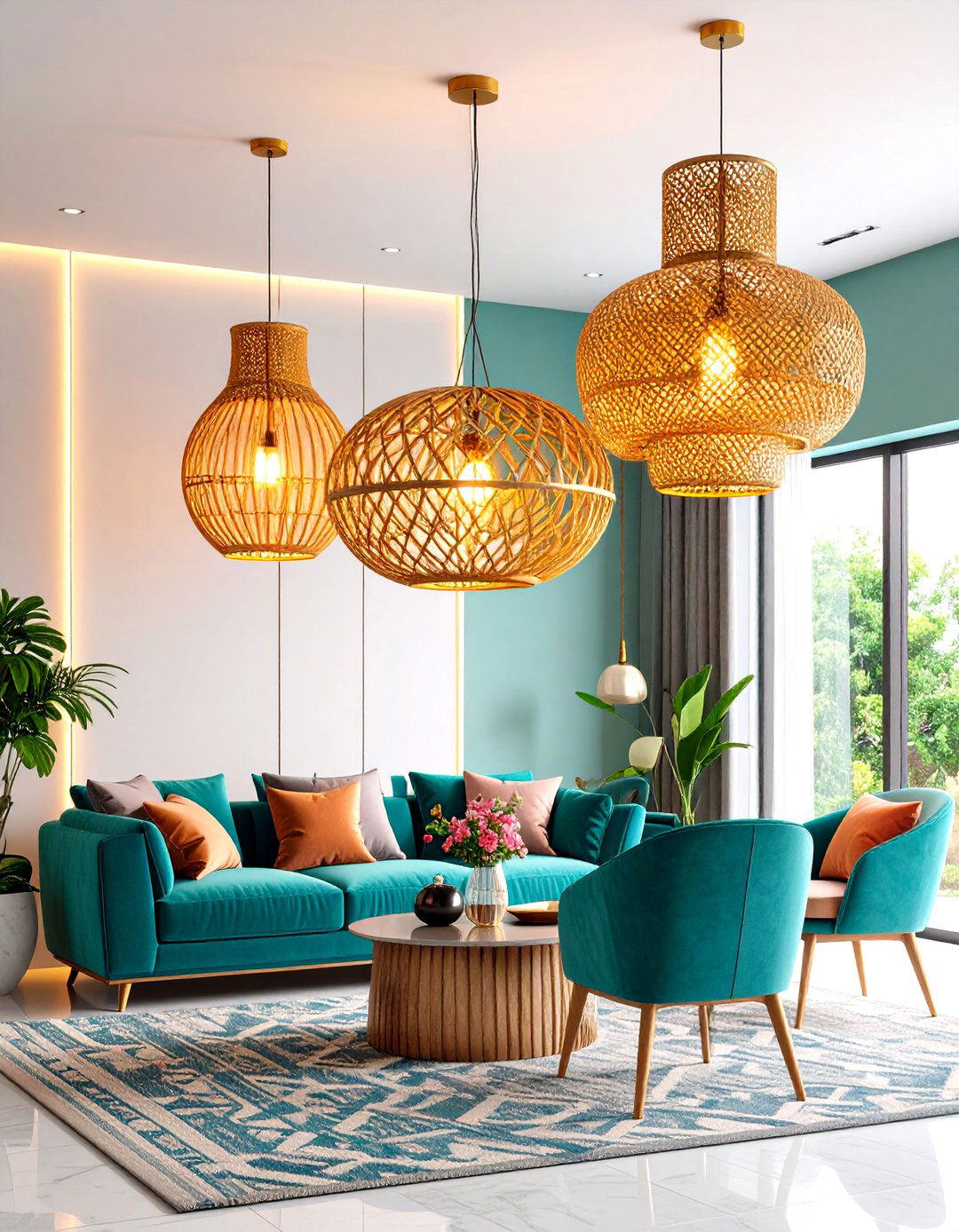
Take illumination from functional necessity to art form by featuring bold, sculptural lighting in your eclectic interior design. A mid-century brass chandelier, a rattan oversized pendant, or a neon wall sconce can each anchor a zone and hint at the room’s personality. Layer three tiers—ambient ceiling lights, focused task lamps, and whimsical accent fixtures—to paint with light and create shifting moods from morning until midnight. If your ceilings are low, choose wide rather than tall shades to preserve headroom while still making impact. Dimmer switches are indispensable; their subtle gradations let dramatic fittings glow softly at dinner and blaze brightly during lively gatherings.
7. Indoor Greenery Collections Breathing Life into Eclectic Interiors
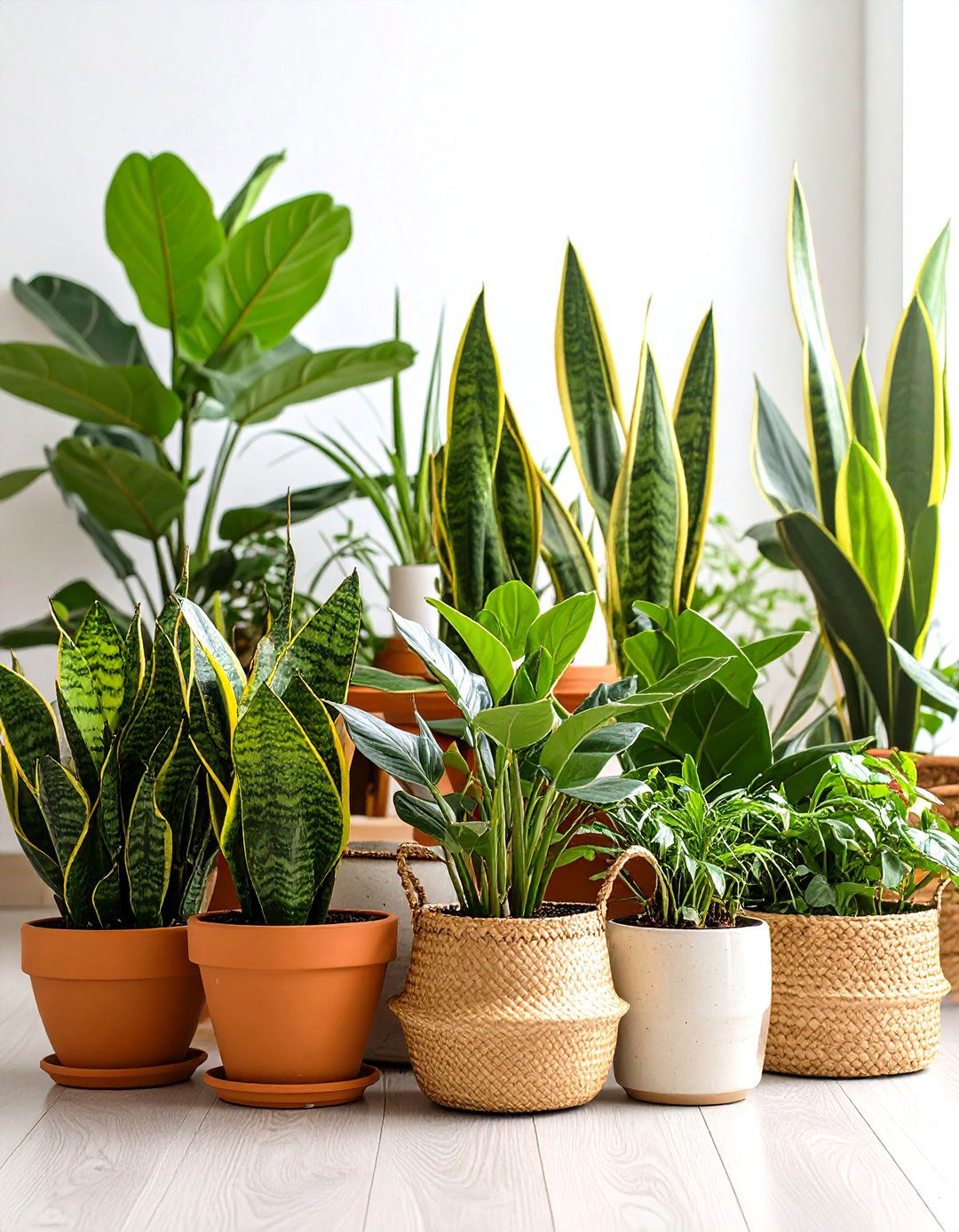
By transforming houseplants into living sculpture, eclectic interior design marries organic calm with confident style. Cluster species with contrasting shapes—spiky snake plants against lush fiddle-leaf figs, trailing pothos draped beside upright cacti—to build a miniature urban jungle. Vary planter materials just as you’d mix fabrics: think terracotta, glazed ceramic, woven baskets, and metallic stands repeating a room’s accent shade. If daylight is scarce, supplement with discrete grow-light bulbs set on smart timers. Remember vertical space; a ceiling-hung macramé cradle pulls greenery into eye level without stealing floor area. The resulting ecosystem purifies air, softens acoustics, and underscores the room’s vibrant, gathered-over-time narrative.
8. Open Shelving Showcasing Eclectic Interior Collections
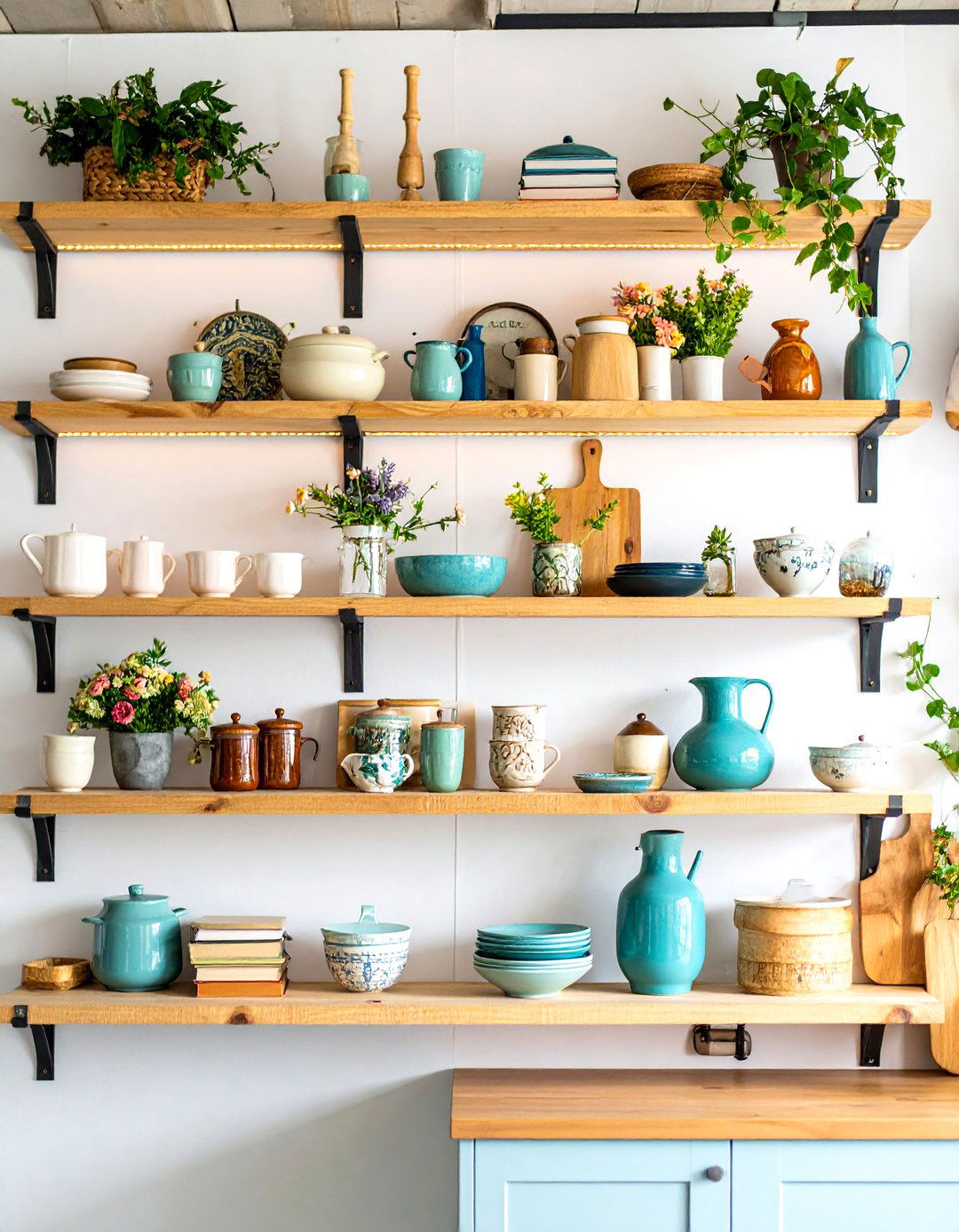
Another clever way to celebrate eclectic interior design is by swapping closed cabinetry for open shelving that spotlights your curios. Floating wooden planks, industrial pipe shelves, or vintage glass-front hutches all function as stage sets for ceramics, cookbooks, heirloom teacups, and quirky souvenirs. To avoid a cluttered look, group items by color family or theme and leave intentional breathing gaps so each piece can shine. Use risers or stacked books to vary heights, creating a rhythmic skyline. Under-shelf LED strips provide gallery-like illumination that elevates even humble objects. Treat the display as a rotating exhibition, editing seasonally so the vignette feels alive rather than static.
9. Material Mash-Ups Adding Tactile Richness to Eclectic Interiors
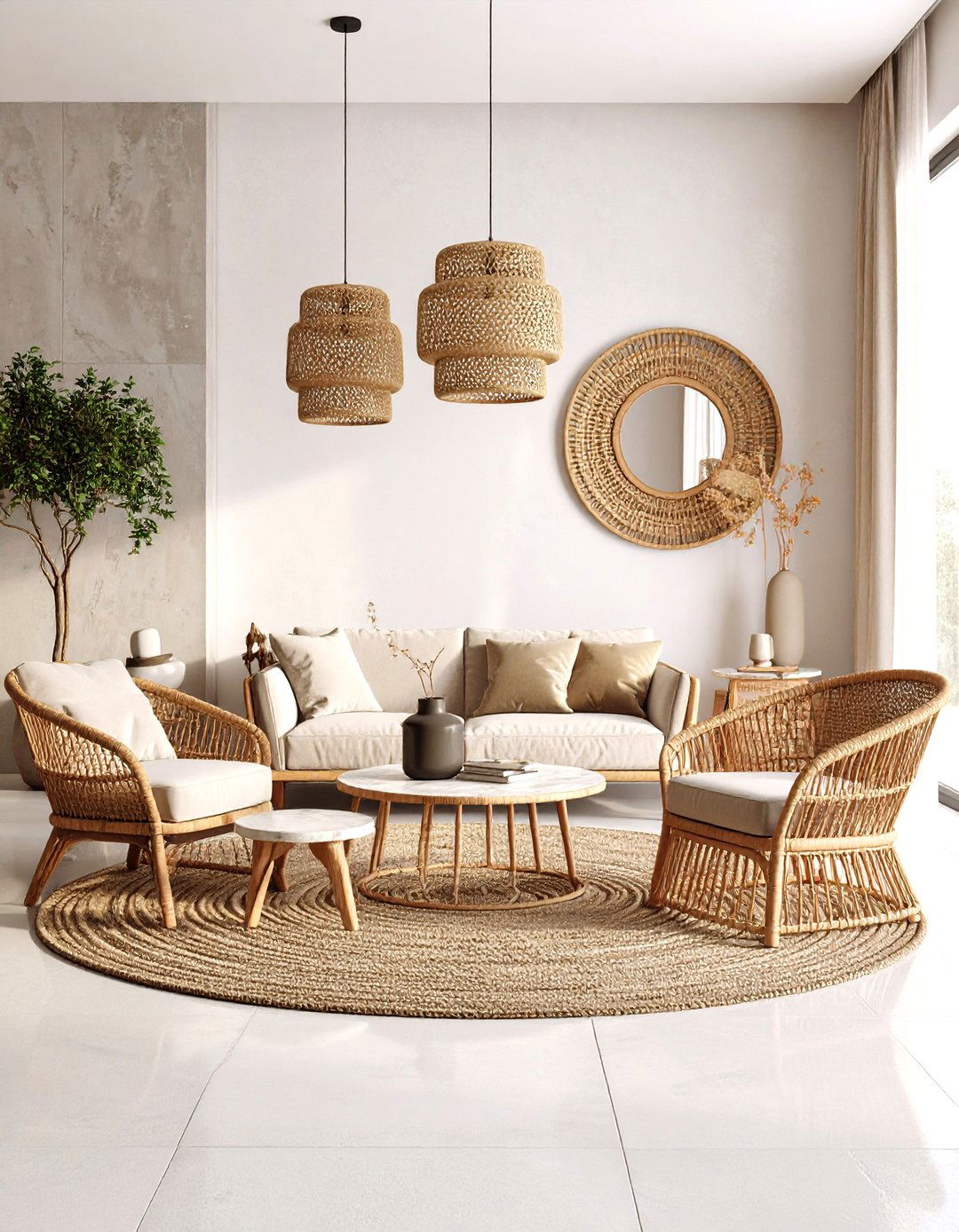
Surprisingly, eclectic interior design gives you license to combine materials that rarely meet in conventional rooms. Imagine raw concrete next to glossy lacquer, handwoven rattan armchairs paired with polished marble side tables, or velvet cushions resting on rugged jute rugs. The collision works because each surface contributes a distinct tactile note to the symphony. To maintain harmony, choose one unifying accent—perhaps black metal hardware or a shared warm undertone—that threads through the disparate elements. Frequent touchpoints like door handles, table edges, and textiles should feel inviting underhand, encouraging guests to explore with fingers as much as eyes, and enjoy fully.
10. Layered Rugs Grounding Eclectic Interior Zones
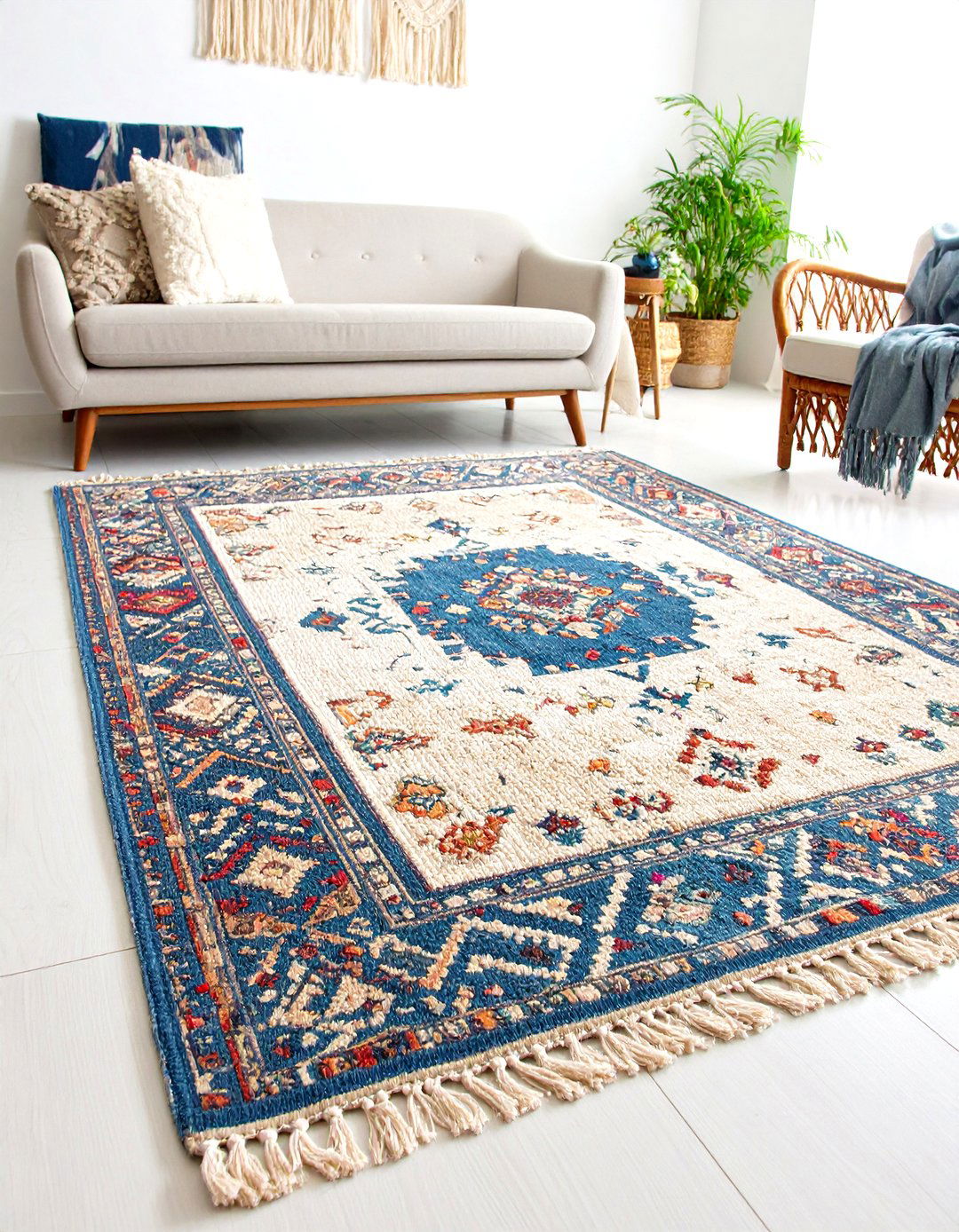
To wrap things up underfoot, layered rugs are a quick way to establish zones and add cozy dimension in eclectic interior design. Begin with a large, neutral jute or sisal base to define the seating area; then top it with a brighter, patterned kilim, cowhide, or shag runner offset at a slight angle. The different pile heights invite bare-foot exploration and can cleverly disguise awkward floor plans. Keep color relationships friendly—sharing one hue between rugs ensures visual glue—and mind door clearances before stacking thick weaves. This approach also lets you experiment inexpensively; swap smaller top rugs seasonally to refresh the vibe without moving furniture.
11. Upcycled Finds Adding Sustainable Flair to Eclectic Interiors
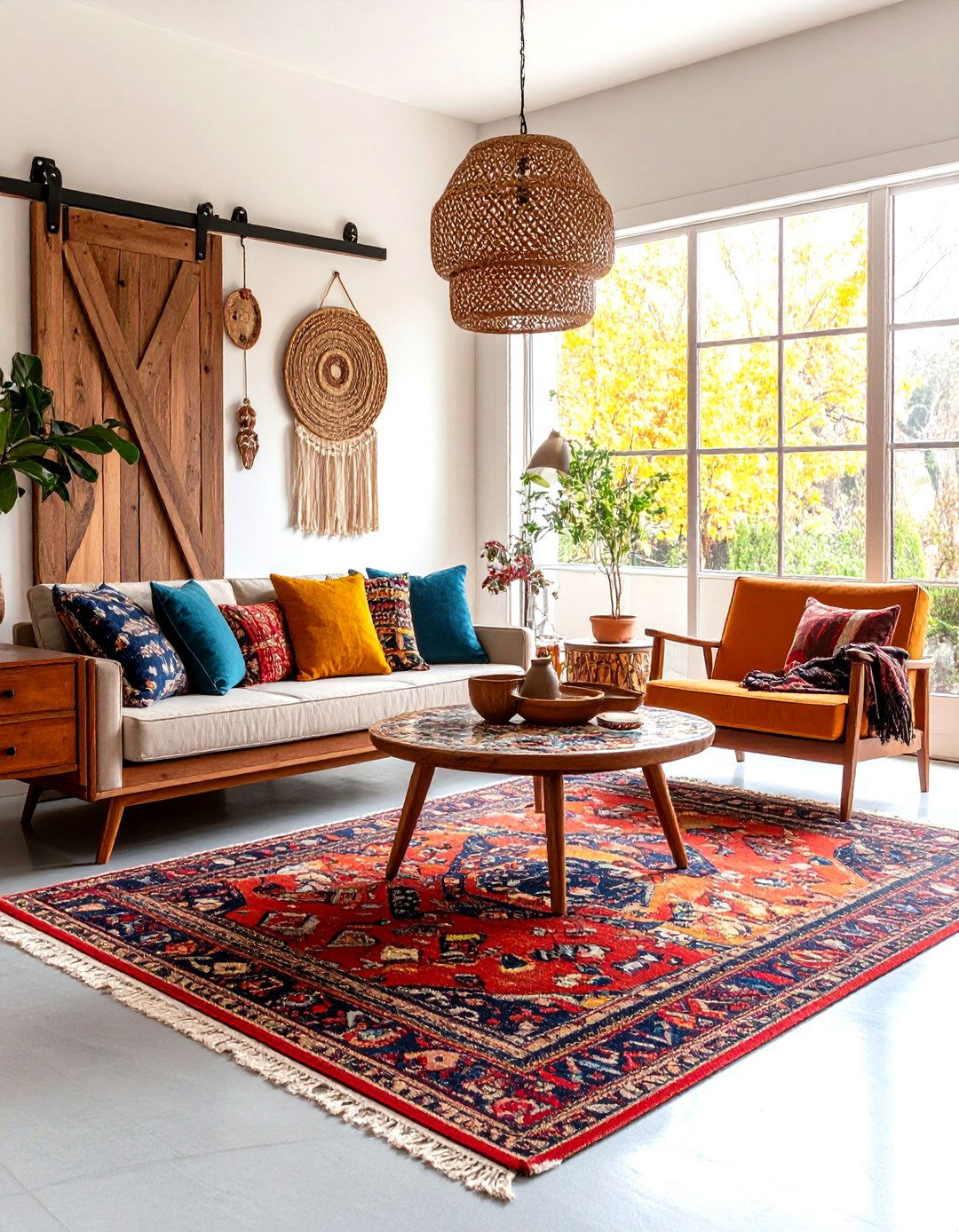
Bringing sustainability into eclectic interior design is as simple as giving forgotten items new purpose. Turn a reclaimed barn door into a sliding media console front, transform mismatched china into a mosaic tabletop, or revive a mid-century dresser with low-VOC paint and fresh hardware. The imperfections inherent in upcycling—nail holes, color variations, quirky proportions—become delightful talking points that underscore the room’s lived-in authenticity. Scour flea markets, demolition sales, and community swap events to source raw treasures, and keep basic tools on hand for small repairs. Each creative rescue diverts waste from landfills while adding a one-of-a-kind chapter to your home’s evolving narrative.
12. Eclectic Seating Arrangements Blending Eras and Silhouettes
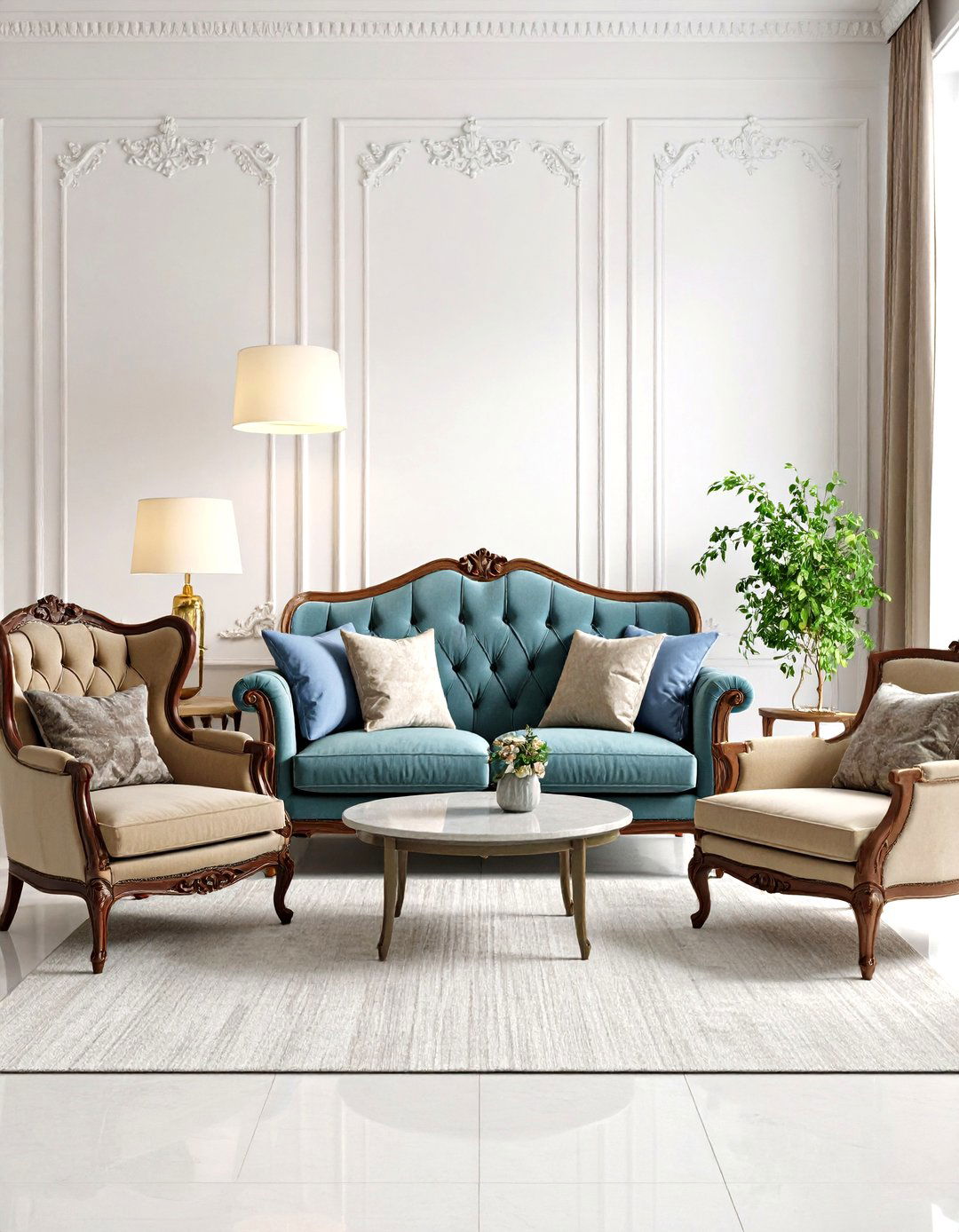
One delightful hallmark of eclectic interior design is a seating plan where a Victorian wingback mingles with a modular sectional and a Bauhaus tubular chair—each angle offering its own charisma. Start with a primary sofa sized to your room, then sprinkle in occasional chairs sourced from different decades, keeping seat heights within three inches so conversation feels natural. Unify dissimilar upholstery by draping complementary throws or adding cushions that share a motif. If space allows, include an ottoman that doubles as a coffee table for flexible lounging. The result feels collected over generations, signaling welcome to all tastes and comfort preferences.
13. Artistic Accent Walls Amplifying Eclectic Interior Focus

Despite the dominance of plain white backdrops in many homes, an artistic accent wall can instantly proclaim eclectic interior design pride. Options abound: hand-paint a sweeping mural inspired by street art, install peel-and-stick metallic tiles for shimmer, or apply oversized botanical wallpaper in saturated jewel tones. Keep adjacent walls subdued so the feature truly commands attention. To tie the artful surface into the broader scheme, repeat at least one shade or motif in throw pillows, lampshades, or rug borders. Lighting matters here too—wall washers or picture lights accentuate texture and nuance. Every glance then reveals fresh details, rewarding curiosity again and again.
14. Sculptural Décor Elevating Eclectic Interior Lines
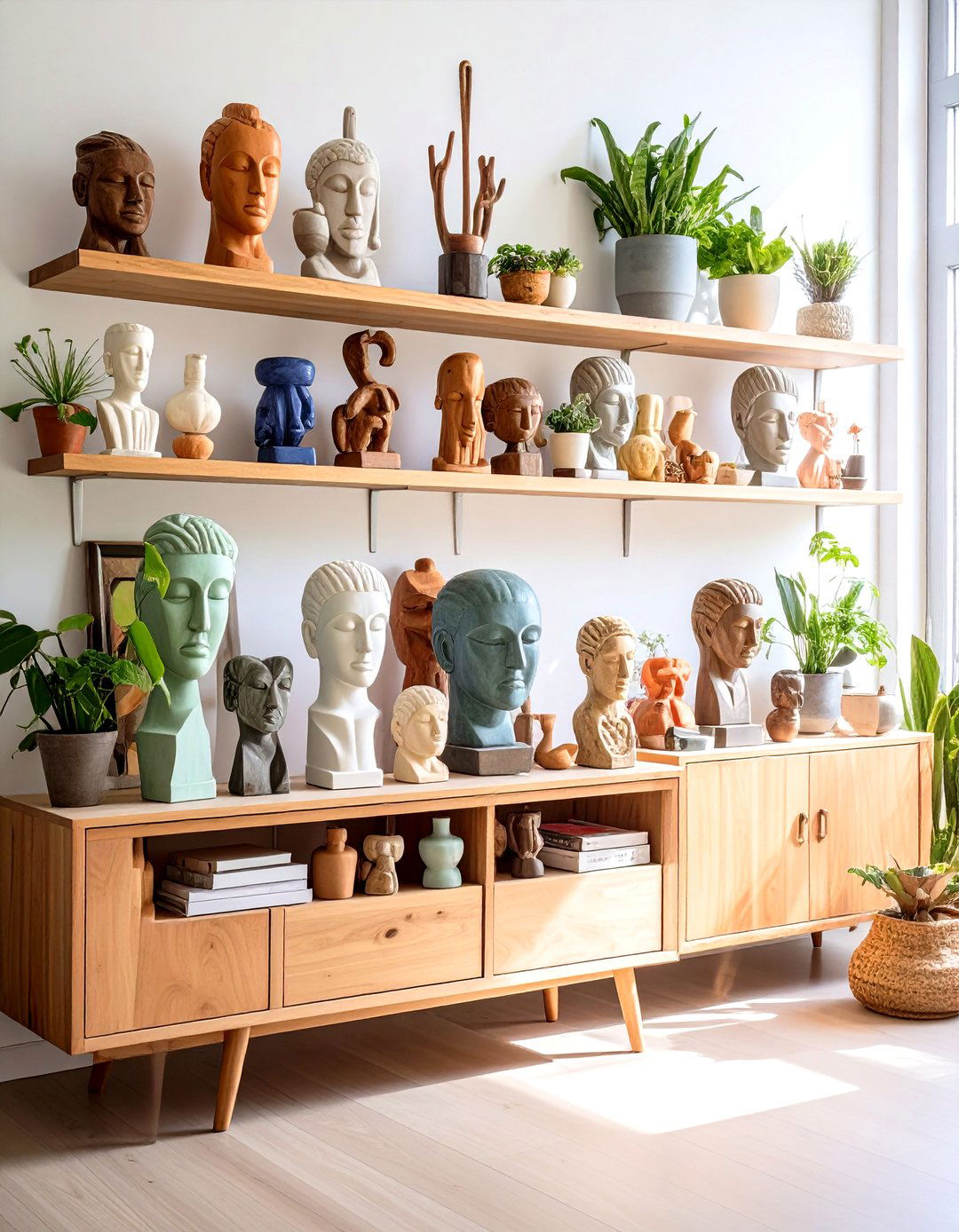
An eclectic interior design plan reaches new heights when you introduce three-dimensional art pieces that beg to be circled and admired. Consider an abstract ceramic bust atop a stack of books, a hand-forged iron mobile dancing in a drafty stairwell, or a chunky wood carving perched on a sideboard. Pair round objects with angular furniture, and vice versa, to create visual tension that feels intentional. When arranging multiple sculptures, vary heights but keep plinth materials consistent so the eye hops smoothly. These tactile accents throw dramatic shadows at dusk, offer delightful surprises to guests, and remind you daily that homes can also be galleries.
15. Eclectic Bathrooms Mixing Tiles and Textures

Before dismissing the smallest room, recognize that eclectic interior design can transform a bathroom into an unexpected jewel box. Alternate matte handmade subway tiles with high-gloss hexagons, or run a medley of patterned cement tiles across the floor like a vibrant rug. Vintage brass faucets happily coexist with sleek vessel sinks, and an ornate thrifted mirror breaks the monotony of new cabinetry. Because moisture levels fluctuate, seal porous materials properly and choose ventilation fans that suit the room’s retro-meets-modern aesthetic. Finish with plant cuttings in mismatched bud vases on a narrow shelf. Stepping inside then feels like entering a pocket-size art installation.
16. Playful Textiles Refreshing Eclectic Interior Softness
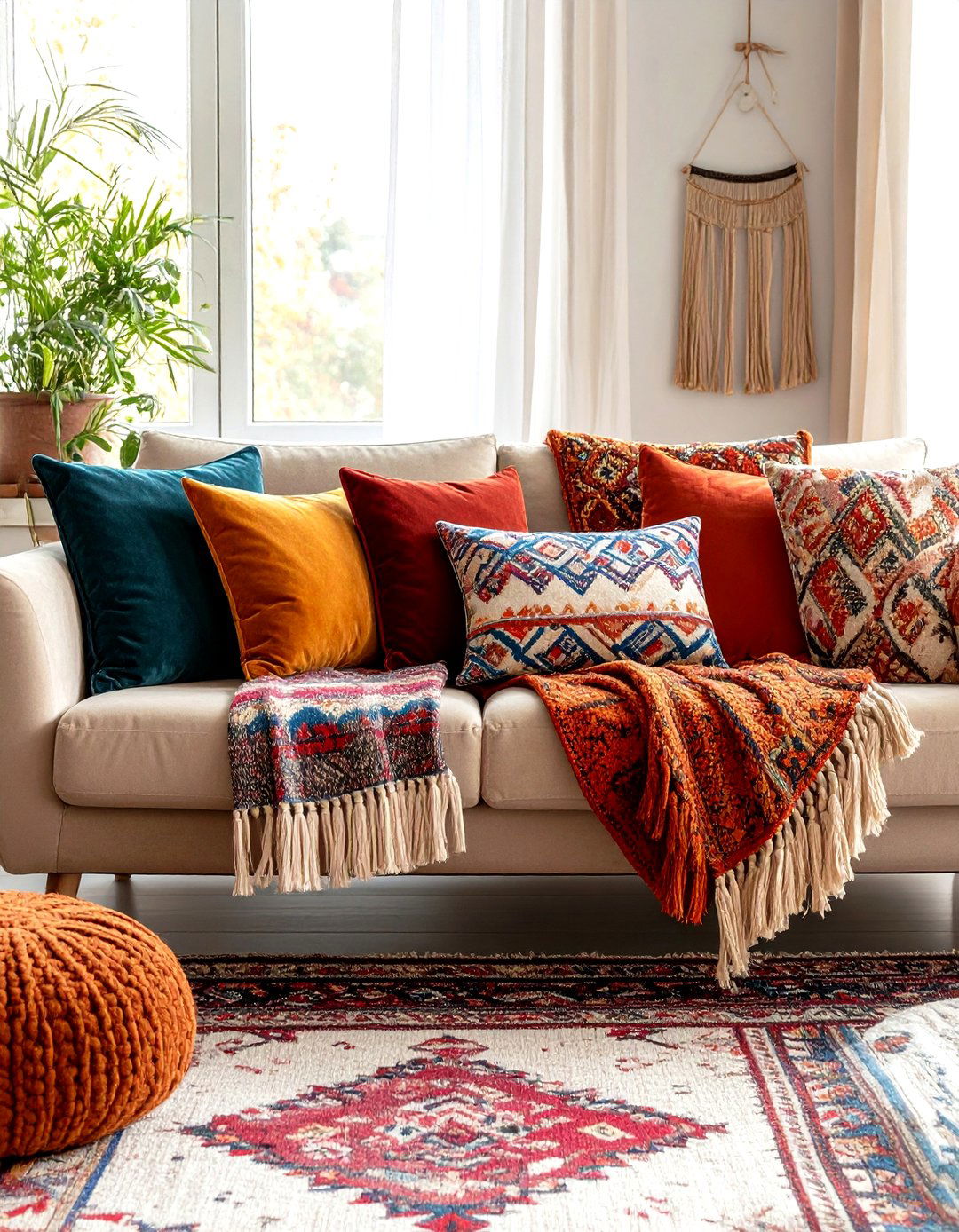
With color, pattern, and texture at your fingertips, swapping pillows and throws is the fastest way to seasonally tune eclectic interior design. Try velvet jewel tones as autumn leaves fall, then trade them for airy linen shams once summer heats up. Incorporate fringe, tassels, or tufting for tactile intrigue, but balance ornate cushions with plainer blankets so the sofa still invites lounging. When mixing prints, follow the 60-30-10 principle: one large-scale dominant pattern, a medium coordinate, and a small geometric or stripe. Store out-of-rotation pieces in breathable cotton bags, ready for the next mood swing. The textile shuffle keeps rooms lively without major expense.
17. Eclectic Kitchens with Mixed Cabinet Fronts and Hardware
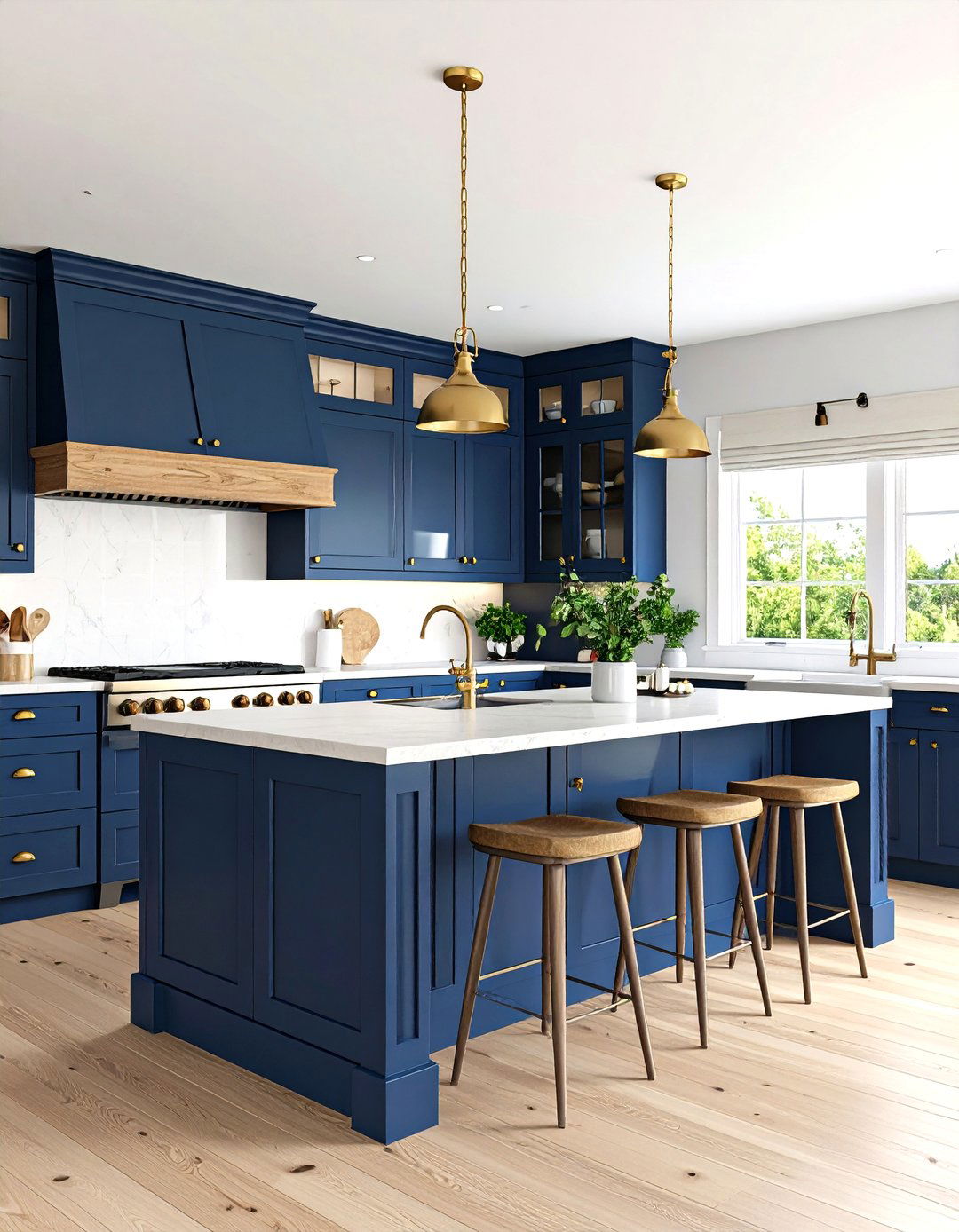
Unlike cookie-cutter kitchens, eclectic interior design encourages a culinary workspace brimming with personality. Paint base cabinets deep navy while leaving upper doors natural oak, then punctuate the blend with mismatched brass and matte-black pulls sourced from different collections. A vintage farmhouse table can stand in for an island, flanked by modern acrylic stools for contrast. To bind the elements, choose a backsplash tile tone that echoes one cabinet color and repeat hardware finishes in lighting fixtures. Open shelves displaying colorful pottery soften appliance lines and keep everyday items within reach. Cooking becomes a multisensory experience, surrounded by a patchwork of inspiring details.
18. Eclectic Entryways Making a Memorable First Impression
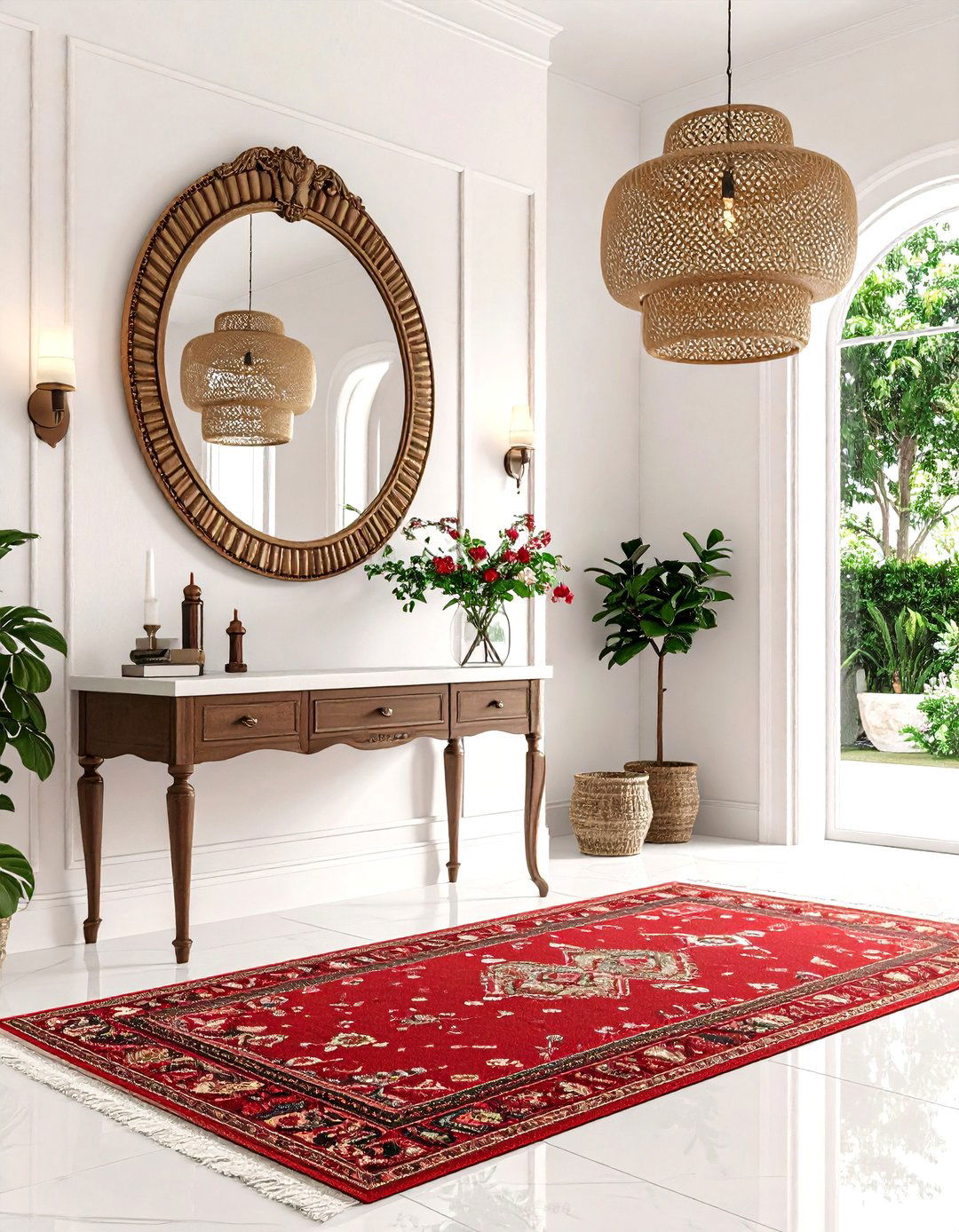
When friends cross your threshold, an eclectic interior design entryway sets the tone for everything beyond. Lay a kilim runner bursting with saturated reds beneath a sleek console table, then hang an oversized antique mirror to bounce light and extend space. Hooks salvaged from a railway station juxtapose with a high-gloss acrylic umbrella stand, proving utility can be artful. Include a small stool upholstered in bold fabric for shoe changes, and stash clutter in woven baskets slid under furniture. Scent the area with a favorite candle so the welcome engages all senses. Even tight foyers feel generous when curated with layered character.
19. Zoning Open Plans with Eclectic Interior Elements
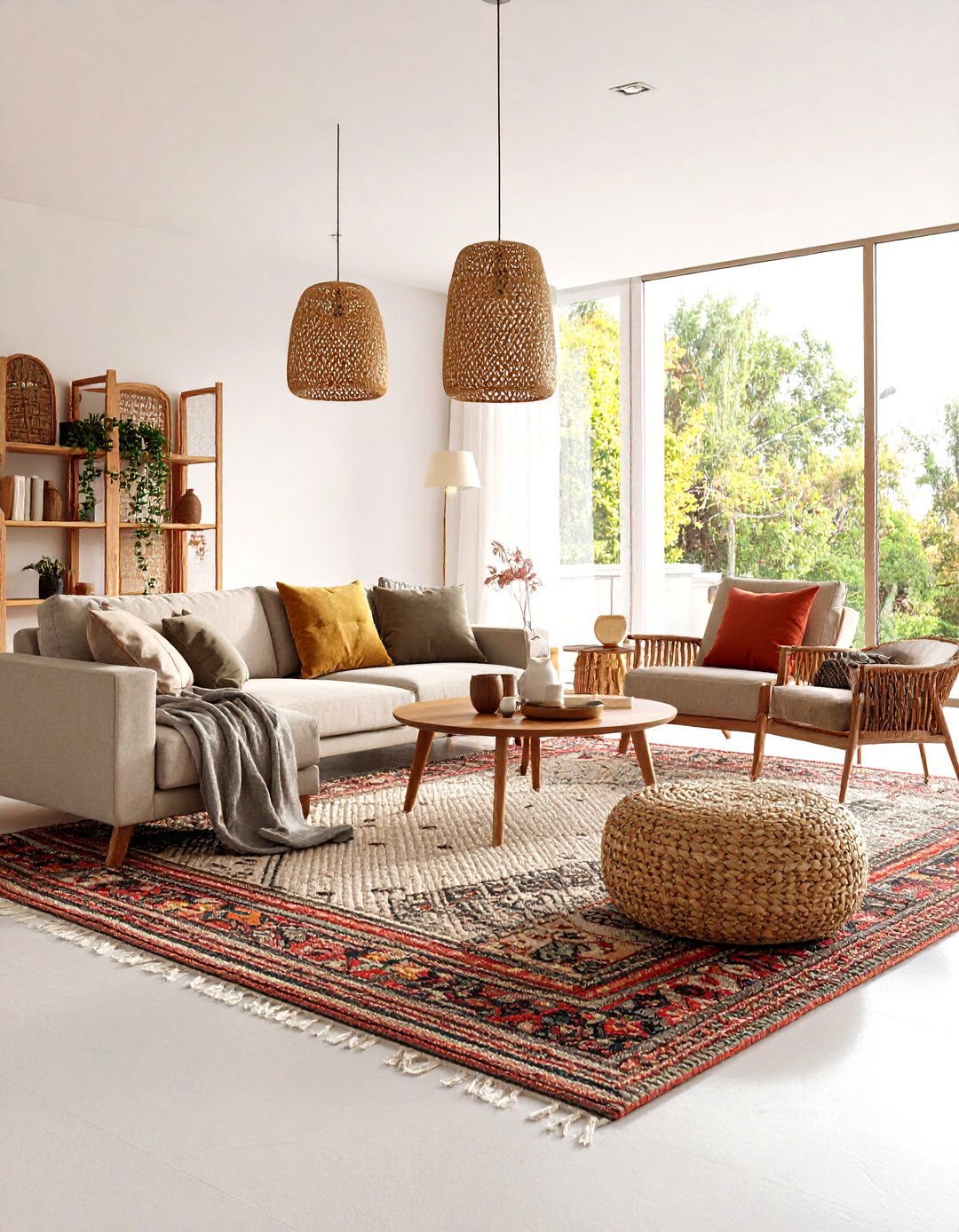
As research shows, humans crave cozy pockets even inside expansive layouts, making zoning crucial for successful eclectic interior design. Deploy area rugs, folding screens, or back-to-back shelving units to carve conversation nooks, work corners, and dining spots without erecting walls. Contrast lighting types—pendants above the table, floor lamps by the sofa—to reinforce each zone’s function. Paint or wallpaper a recessed alcove in a daring hue to emphasize its distinct identity, but repeat that color in accessories elsewhere to knit the scheme together. Clear pathways remain, yet the mind registers multiple destinations, giving large rooms the intimacy of several smaller ones.
20. Personal Story Vignettes Completing Eclectic Interiors
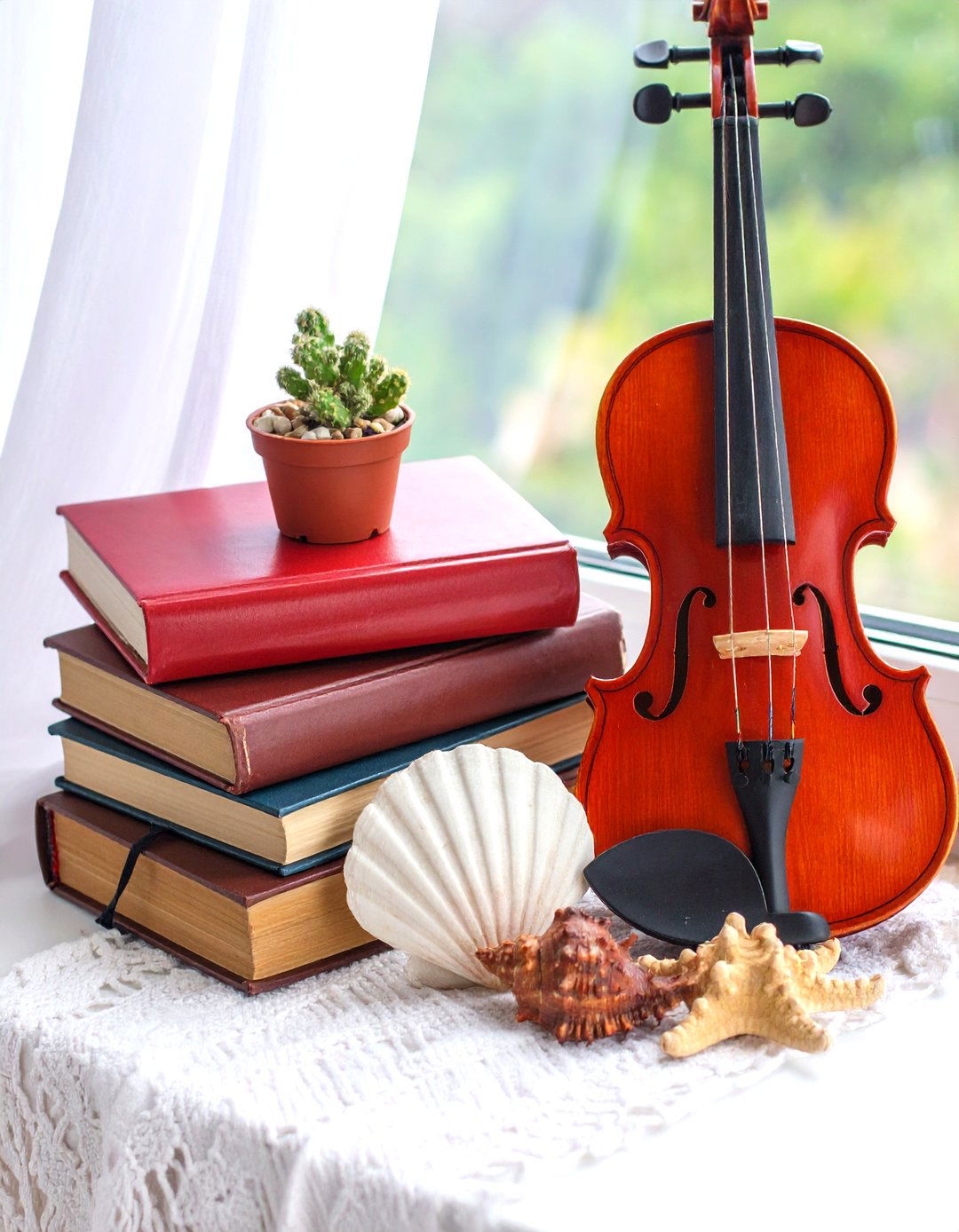
Finally, the soul of eclectic interior design resides in compact vignettes that tell your personal story: a stack of travel journals beneath a seashell paperweight, a grandmother’s brooch pinned to a lampshade ribbon, or a broken violin repurposed as a planter. Choose a quiet side table, windowsill, or mantel, then arrange three to five objects of varying heights in an informal triangle composition. Keep backgrounds neutral so the narrative objects stand out, and resist the urge to overfill—generous negative space lends importance. Rotate pieces whenever you acquire new memories, ensuring the home grows alongside you and continues to spark heartfelt conversations.
Conclusion:
Eclectic interiors thrive on curiosity, courage, and continuity. Each idea above demonstrates that when you trust your eye, respect a few unifying threads, and let treasured objects lead, the resulting rooms feel layered yet logical, daring yet deeply comfortable. Whether you are experimenting with vibrant color clashes, salvaged furniture, global textiles, or sculptural lighting, remember to edit periodically so energy flows and stories stay clear. Embrace the unexpected pairing, the imperfect finish, the memory-laden tchotchke—those quirks are the point. With intentional choices and playful heart, your home becomes an ever-evolving portrait of who you are and what inspires you.


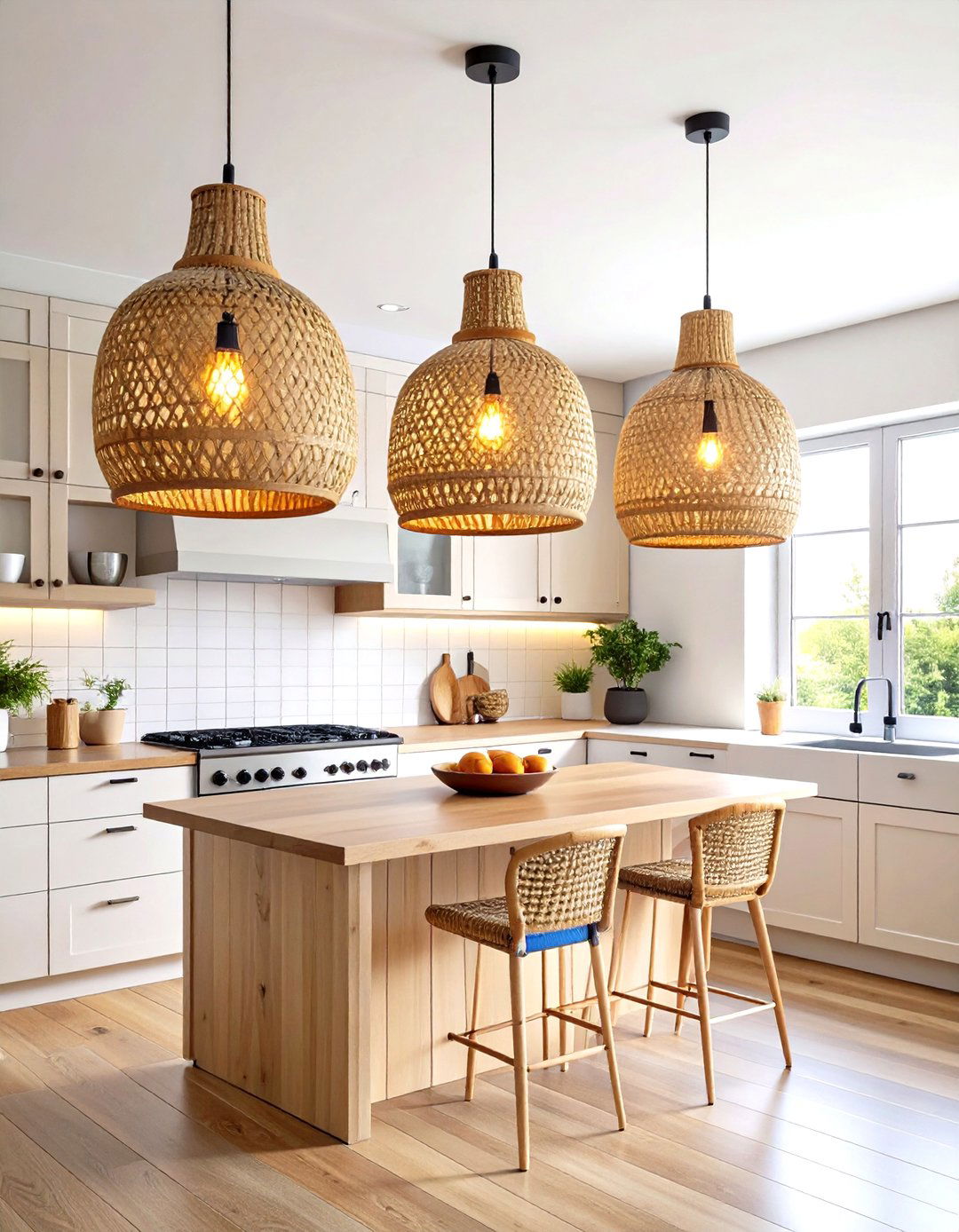

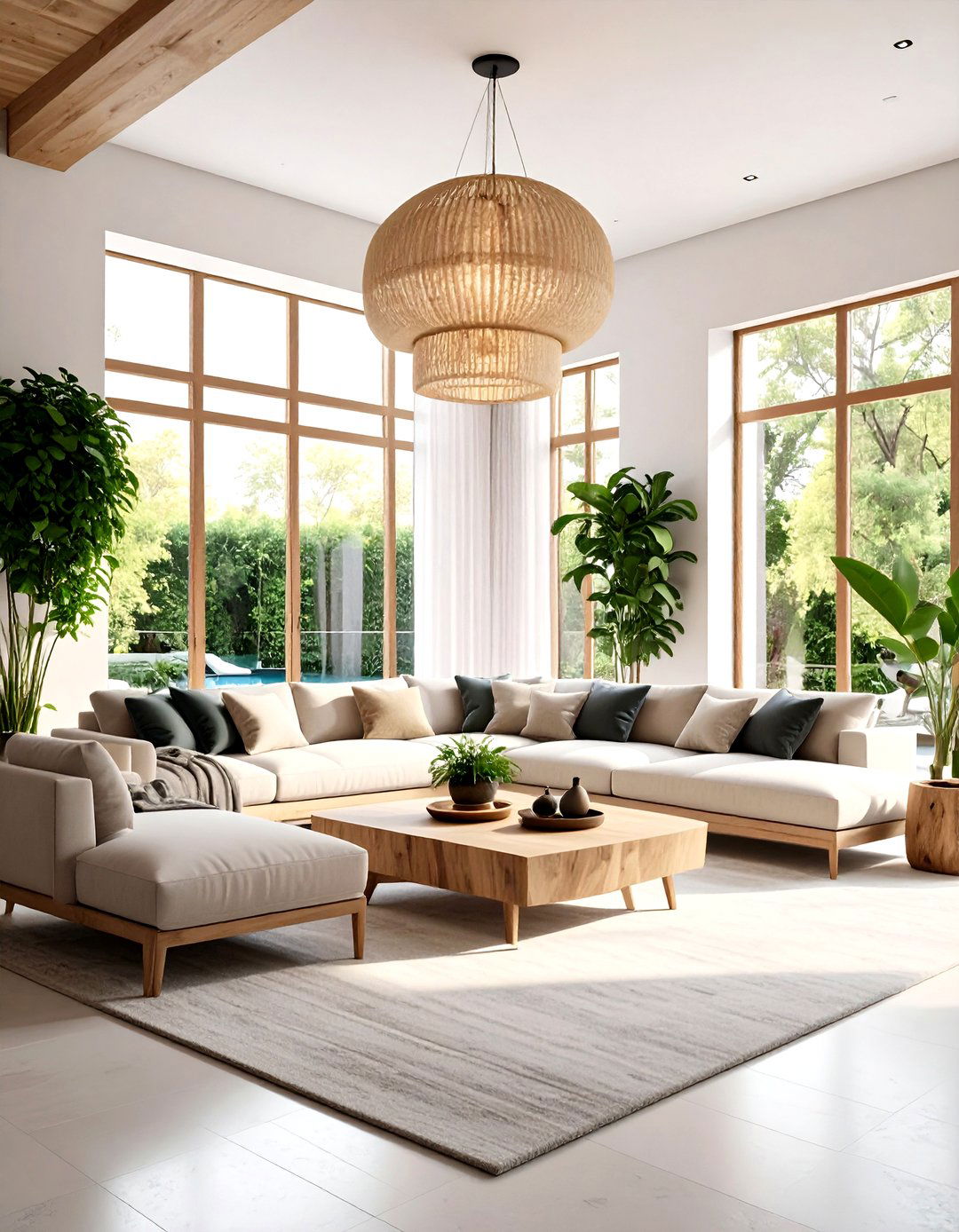

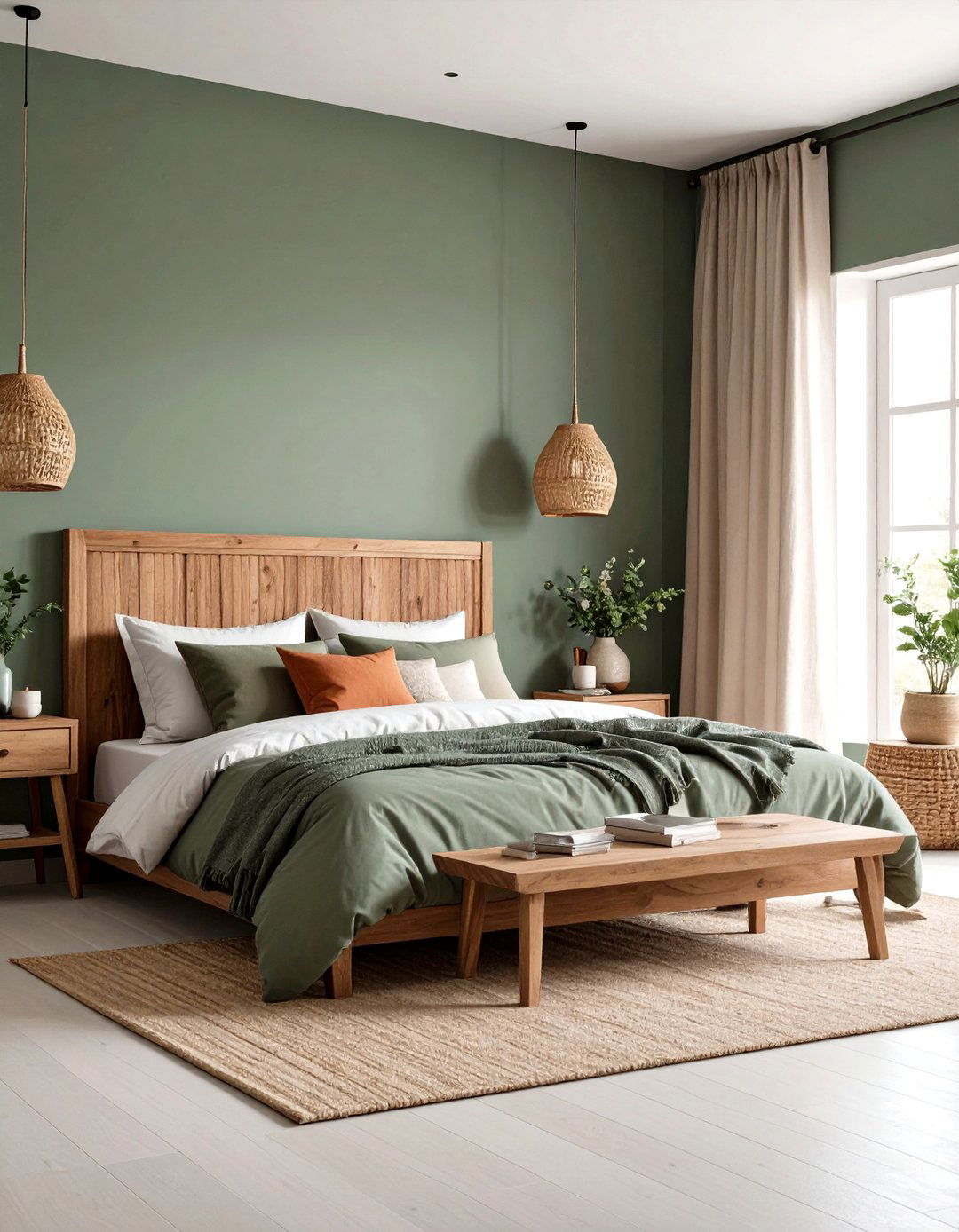
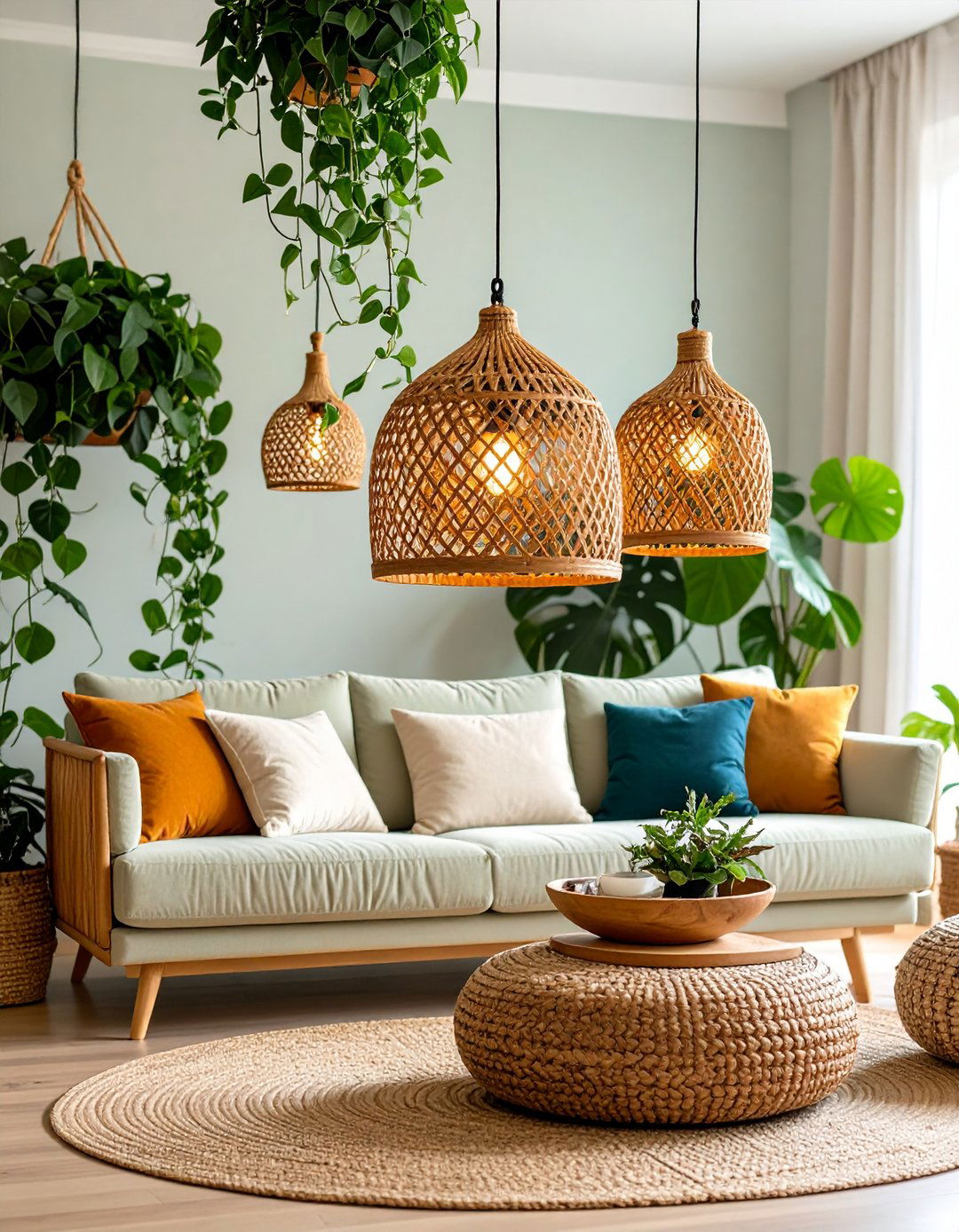
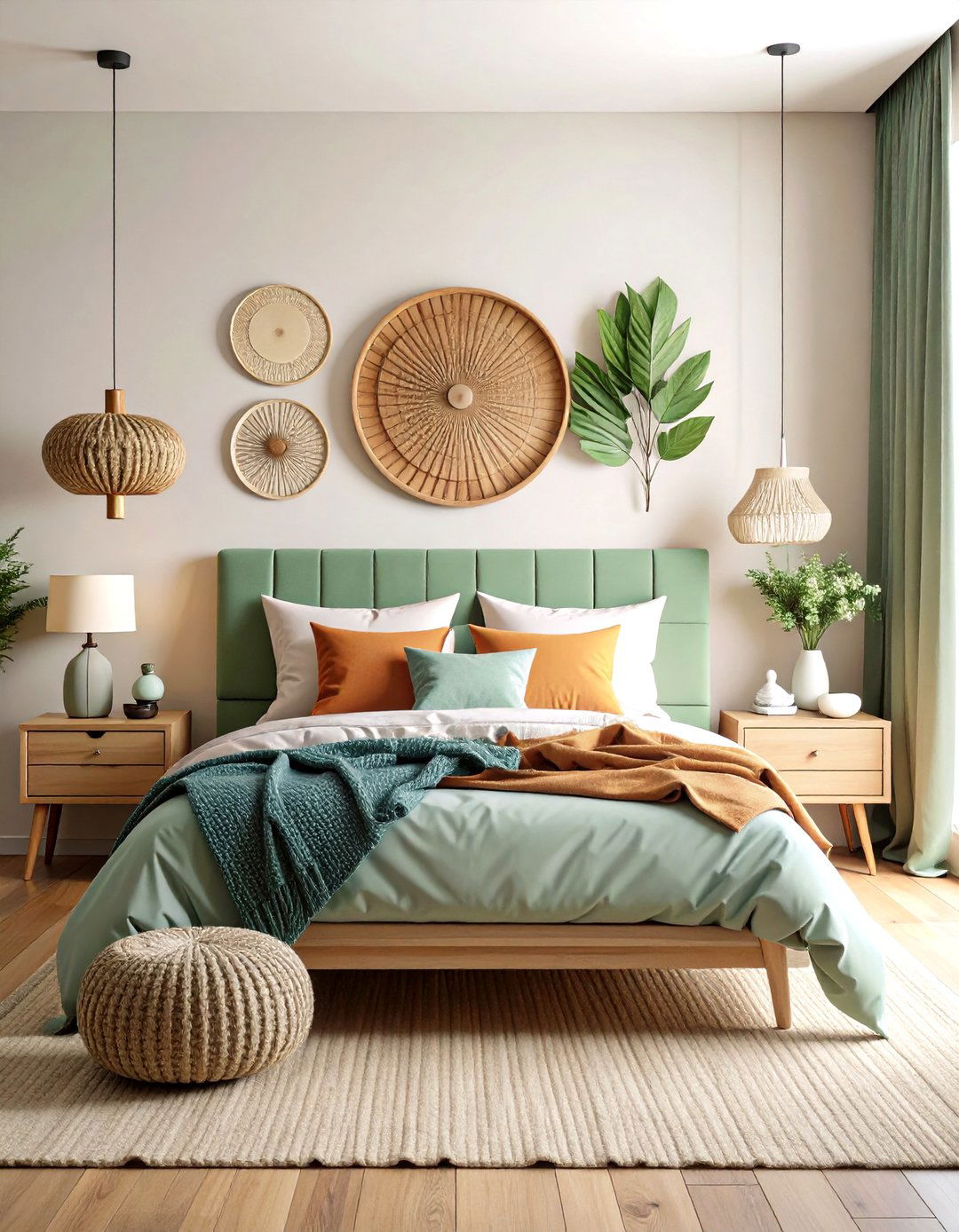
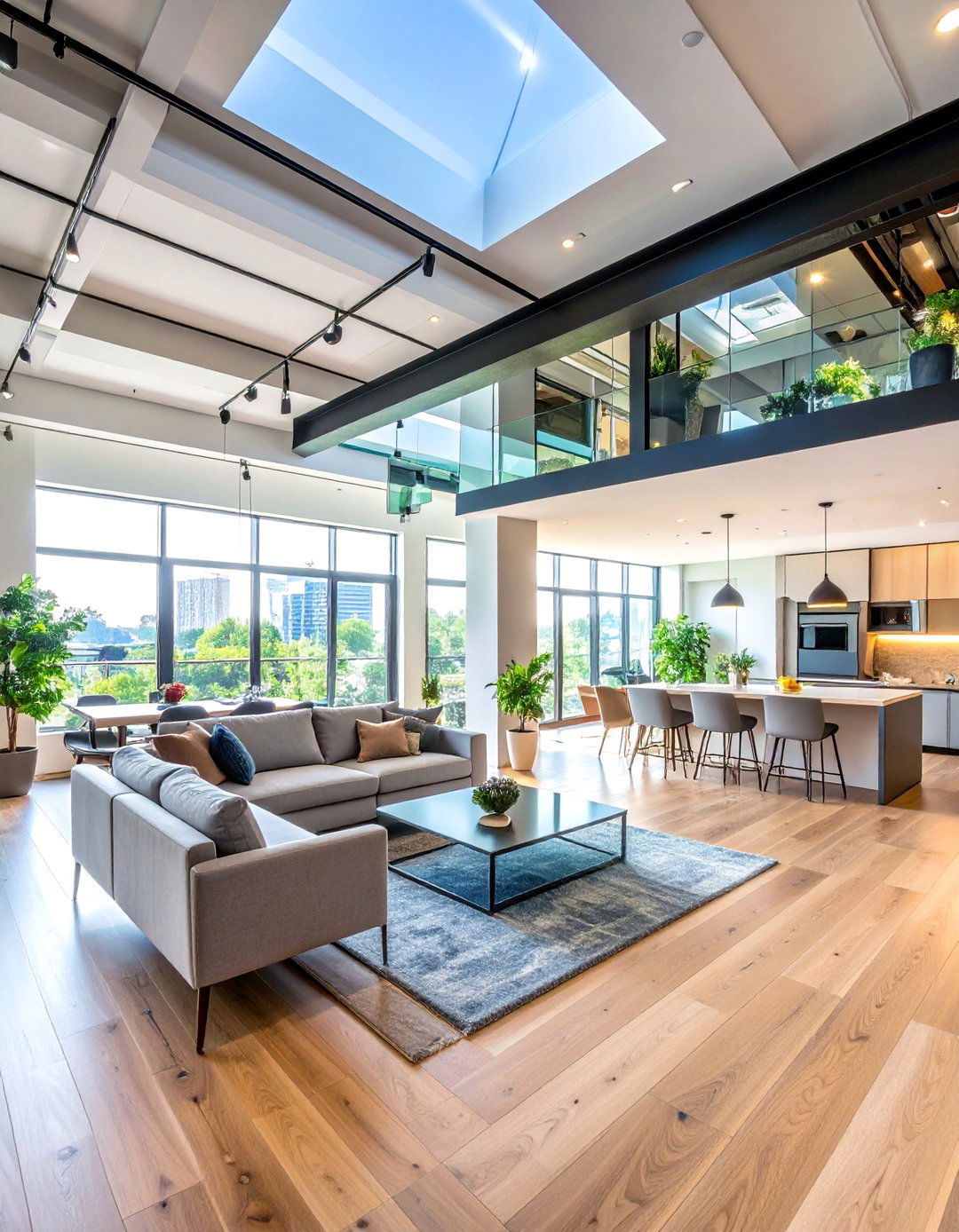
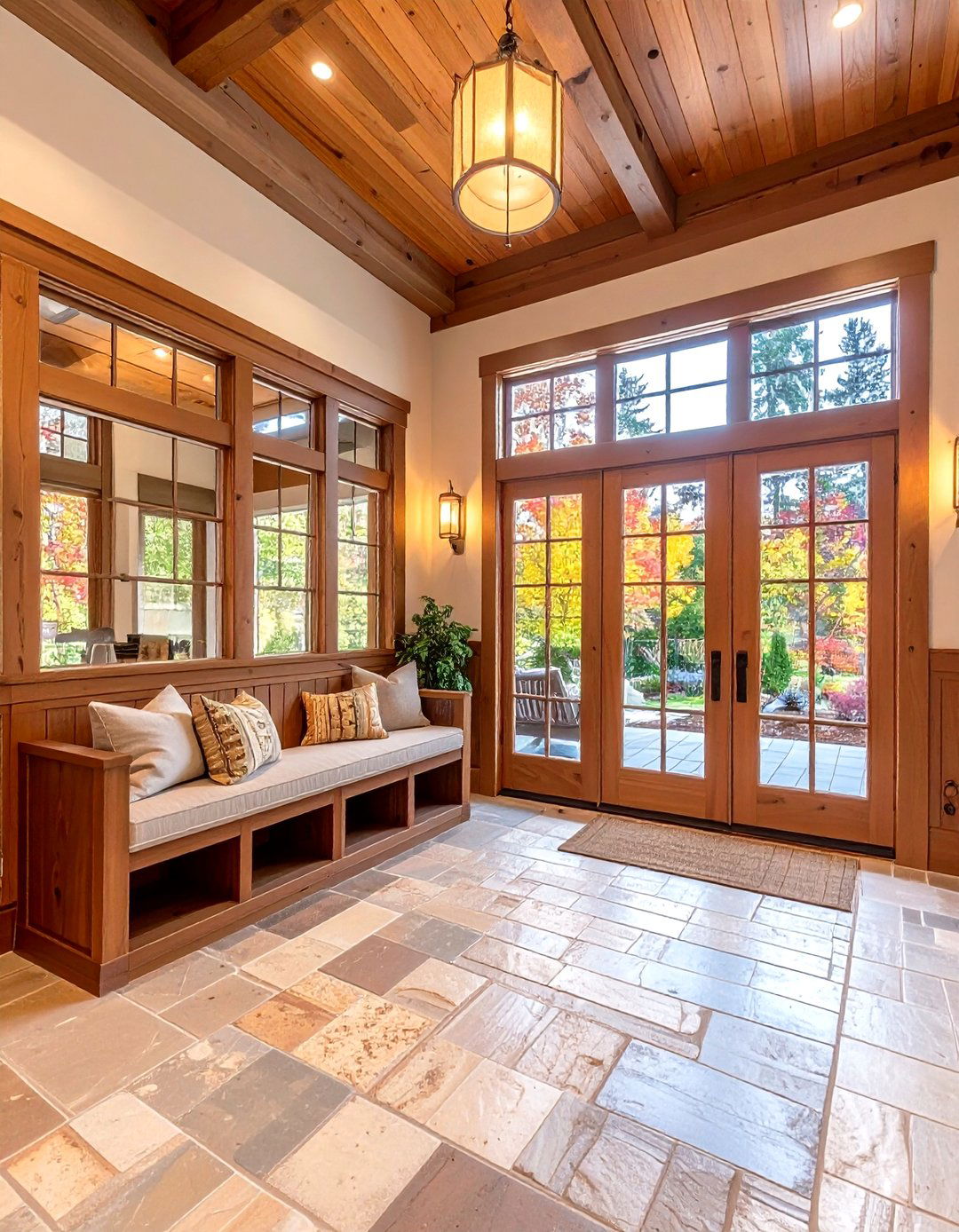
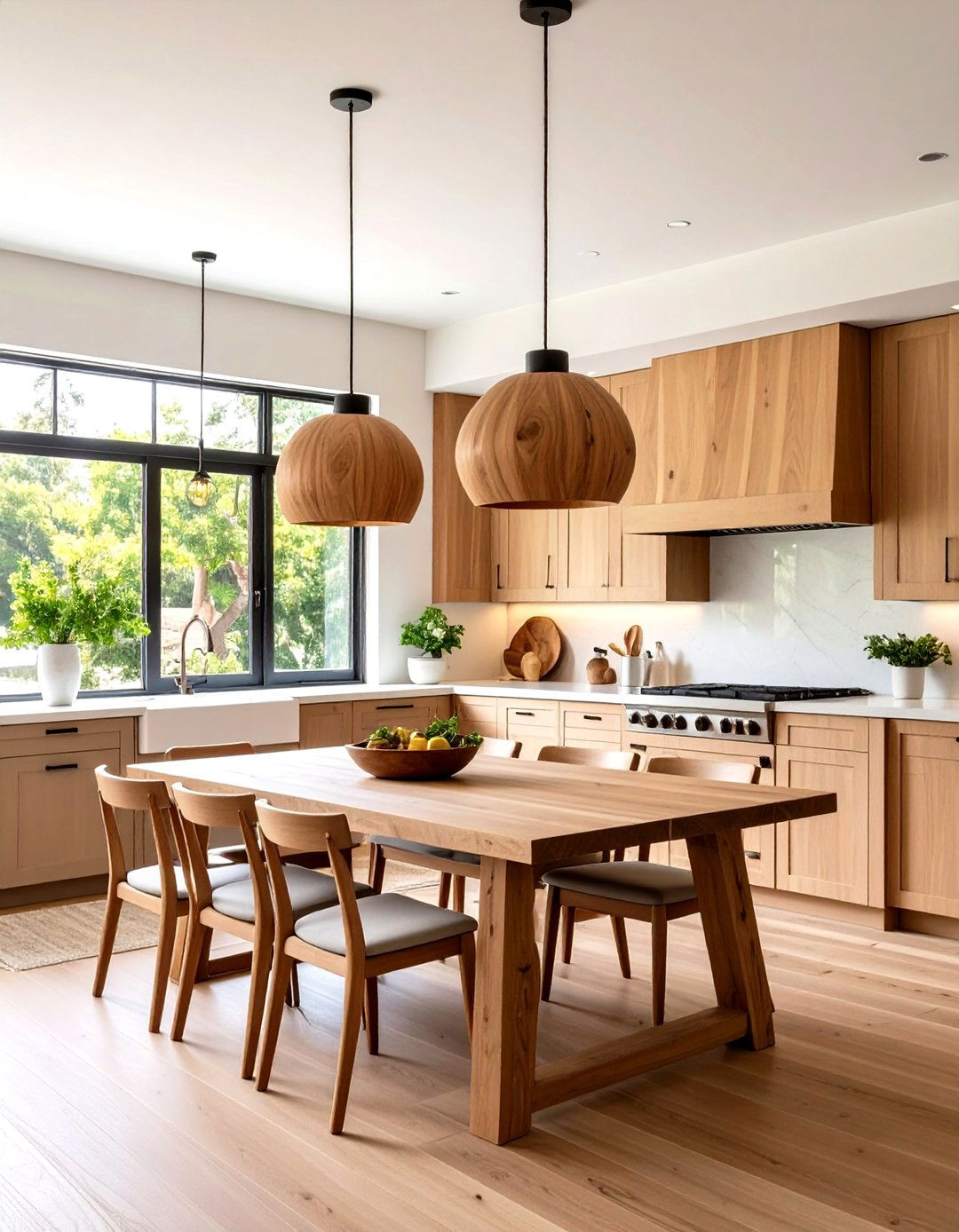
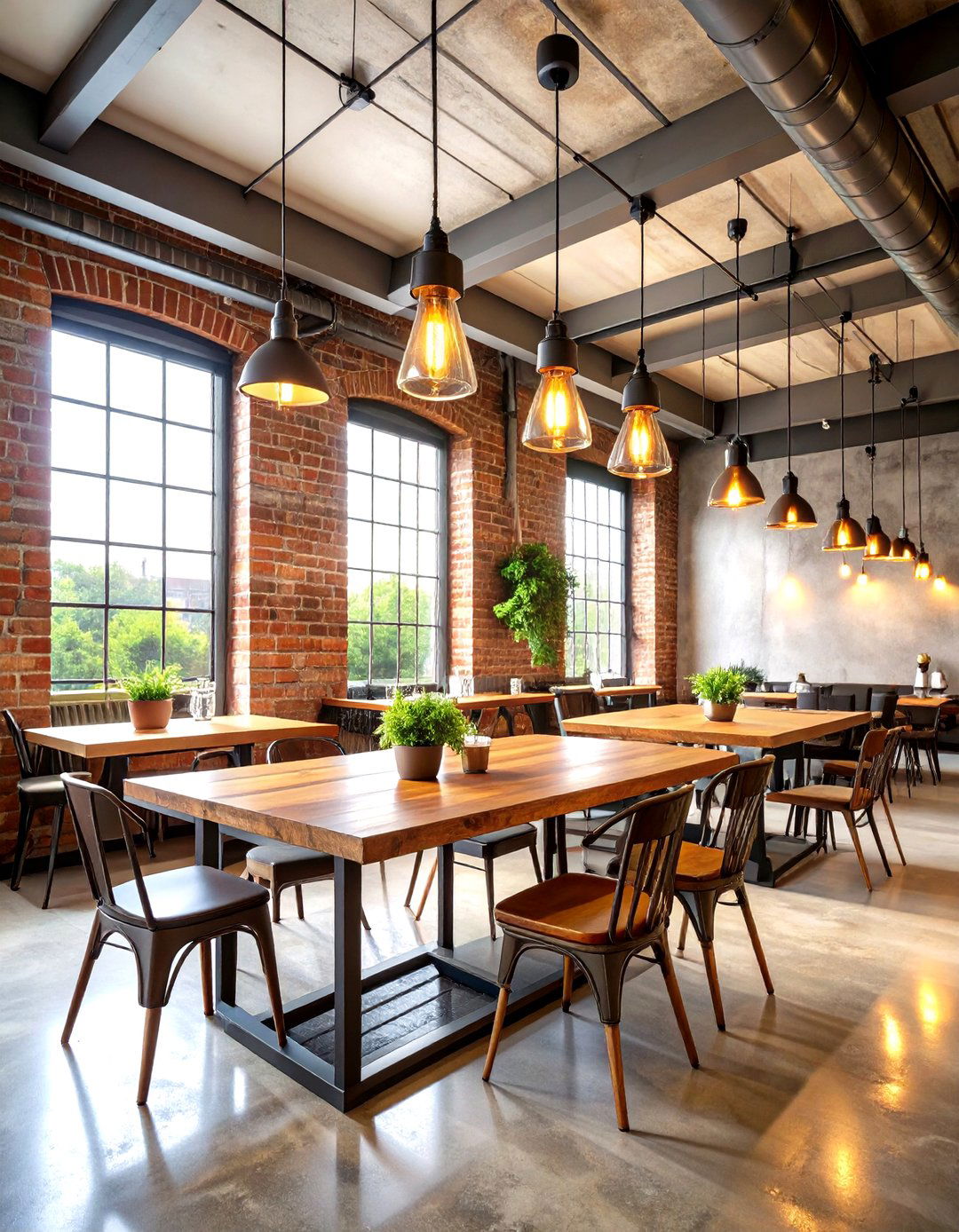
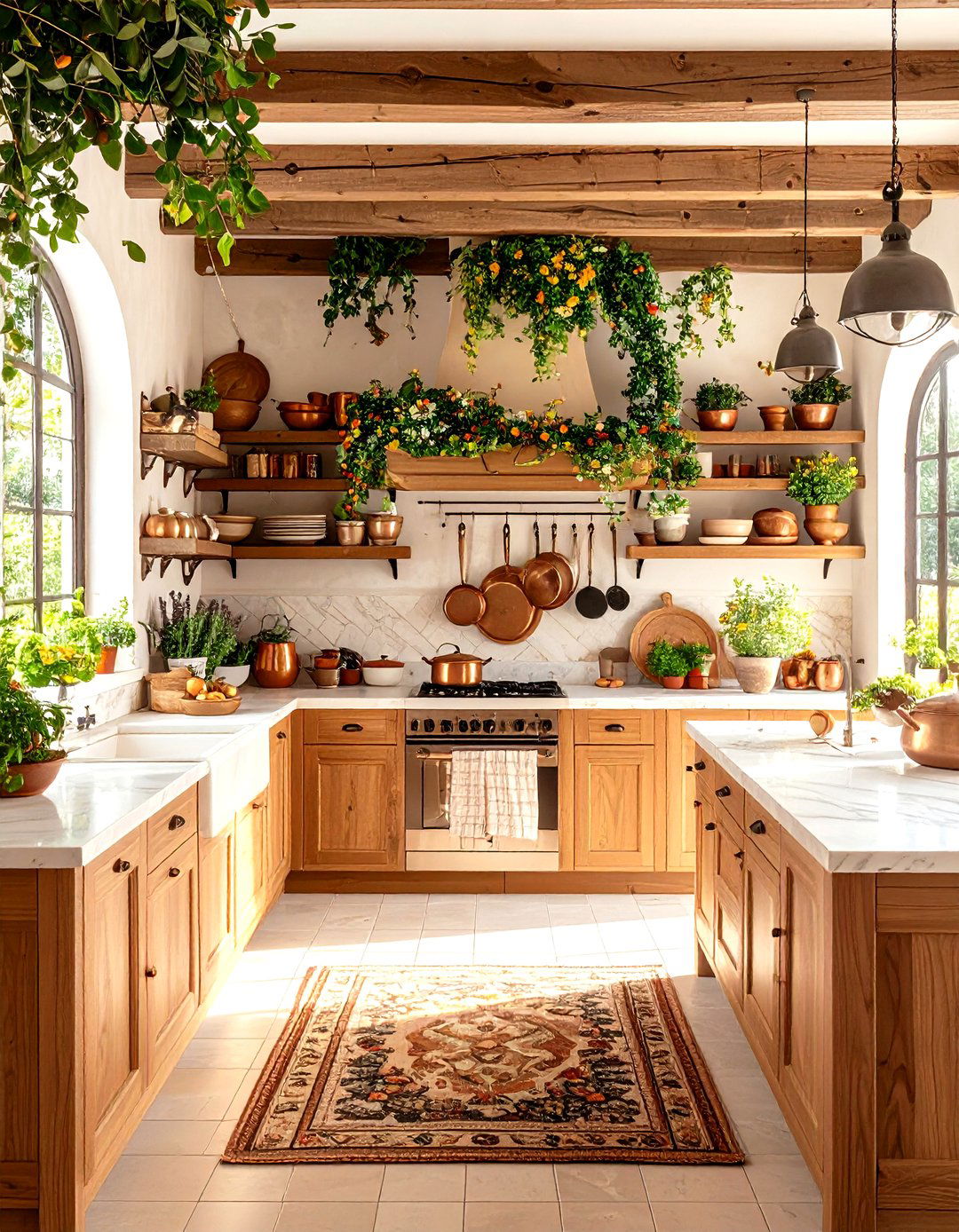

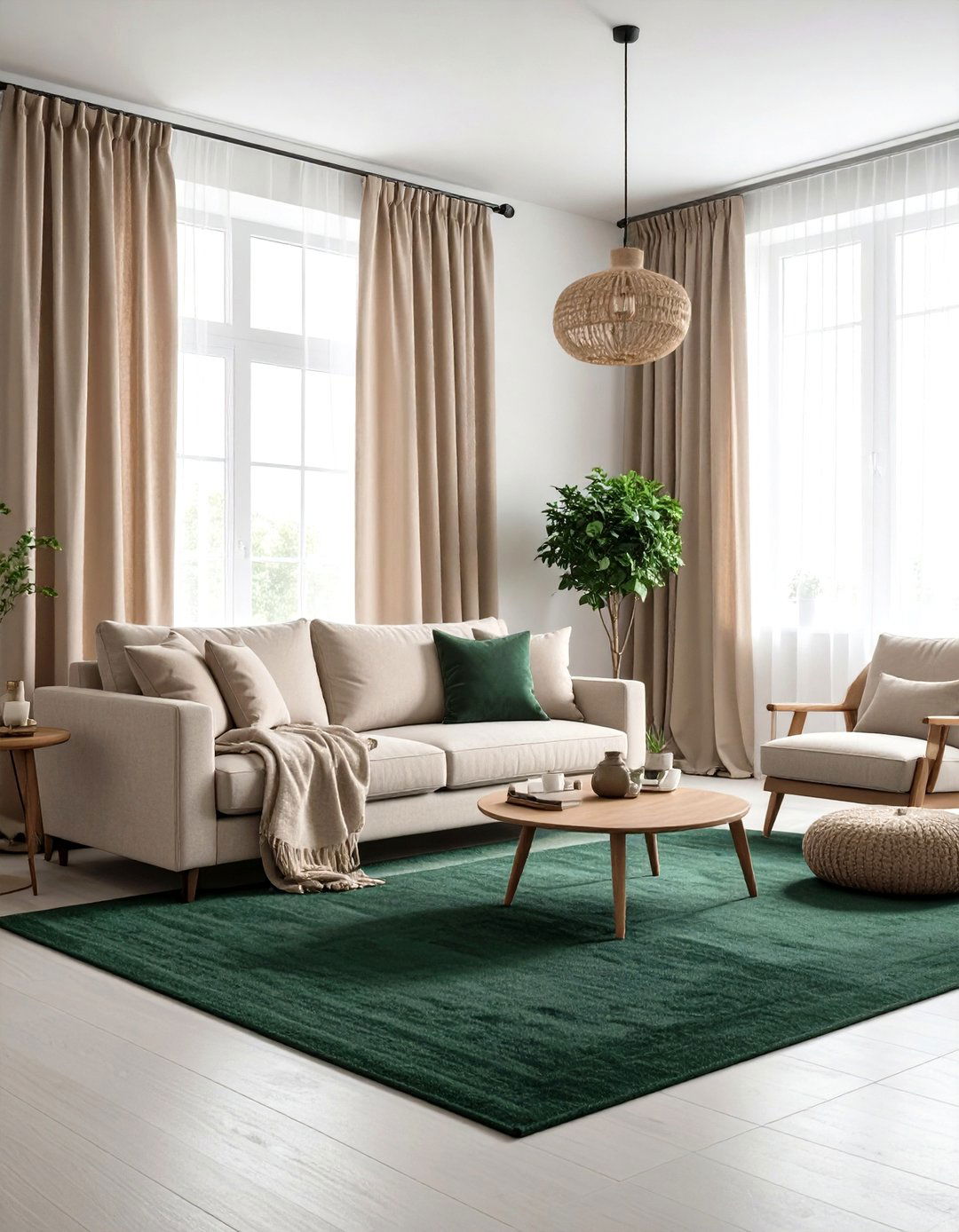
Leave a Reply